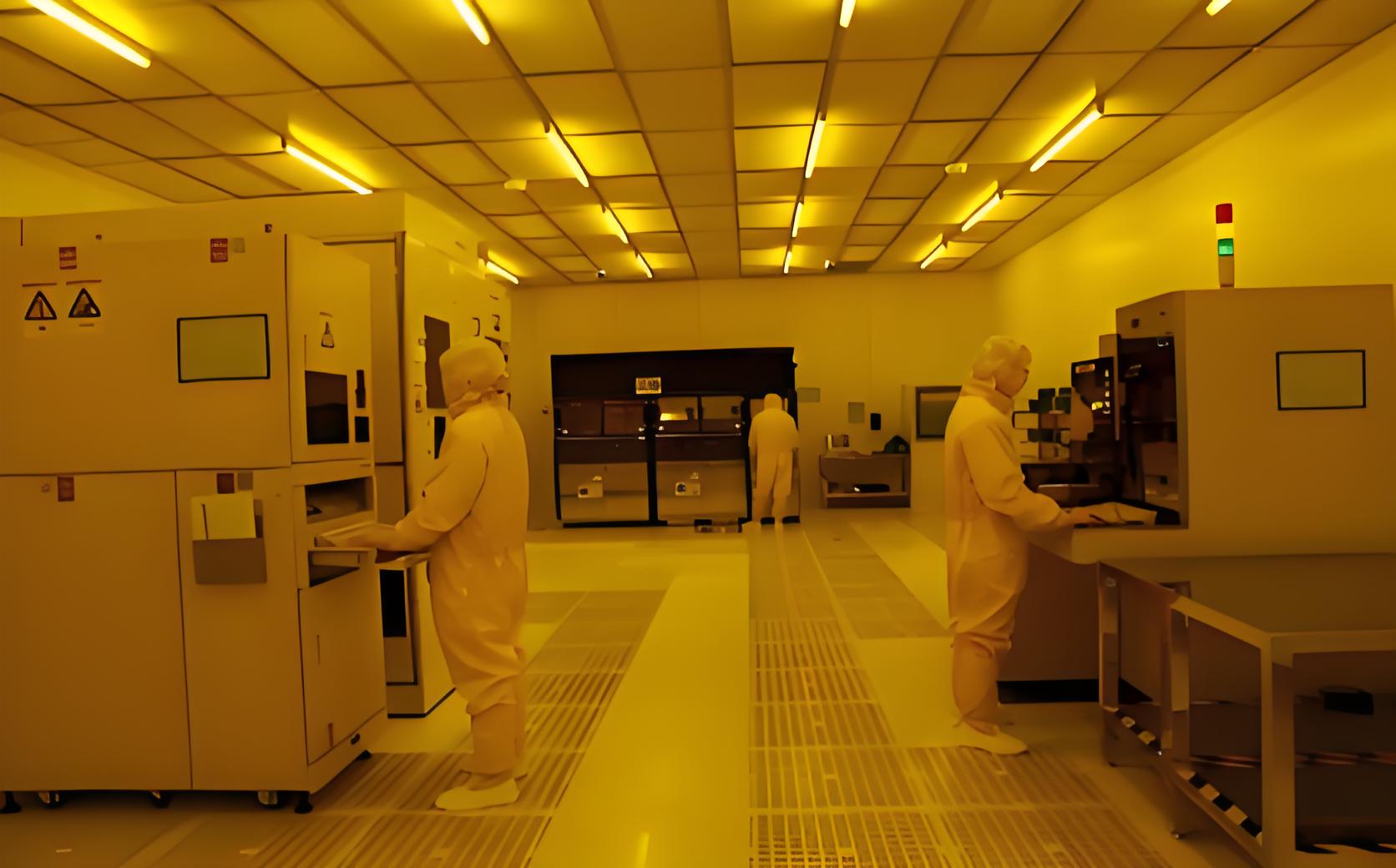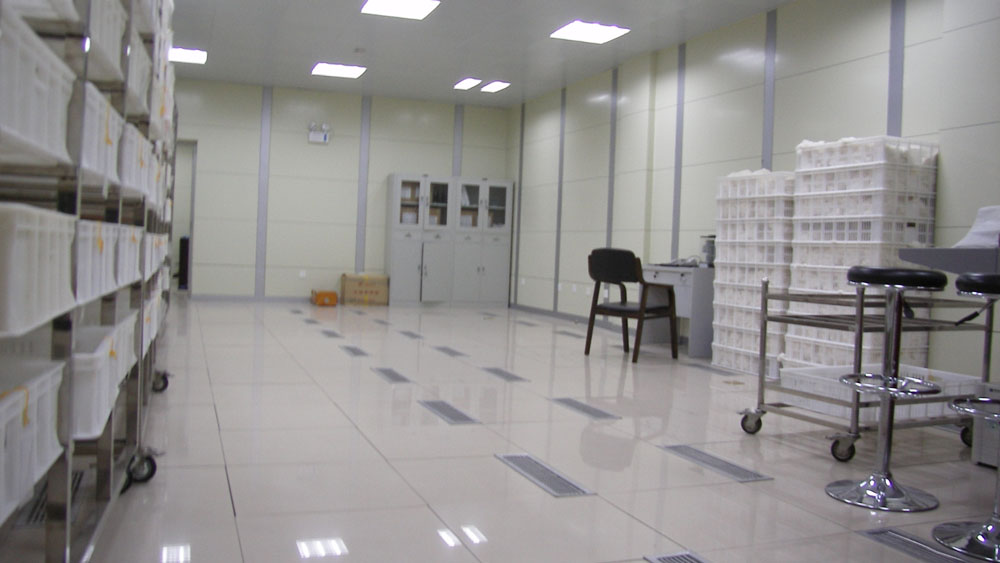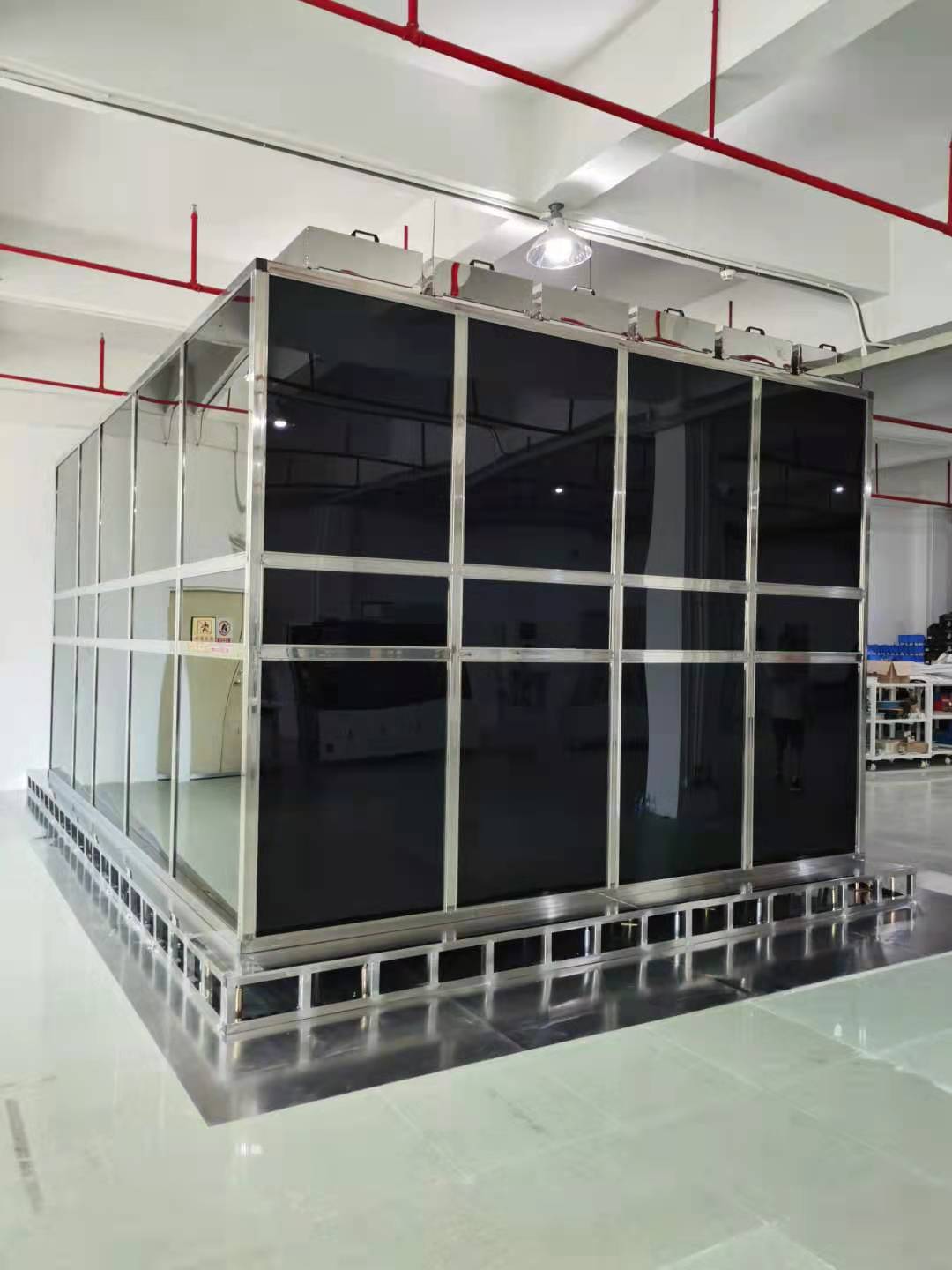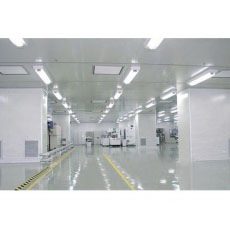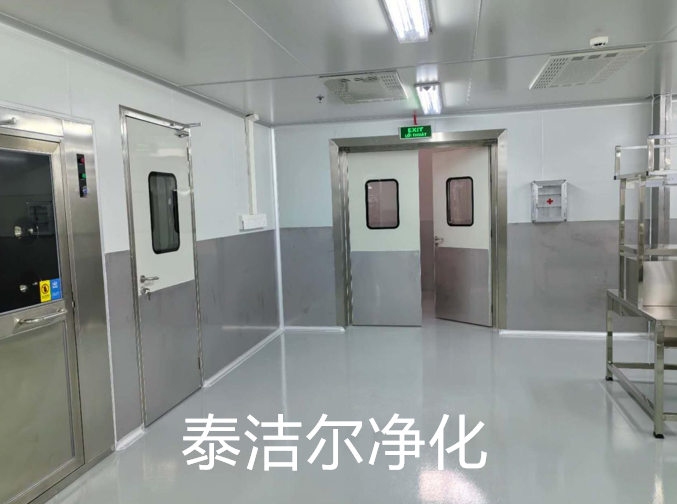
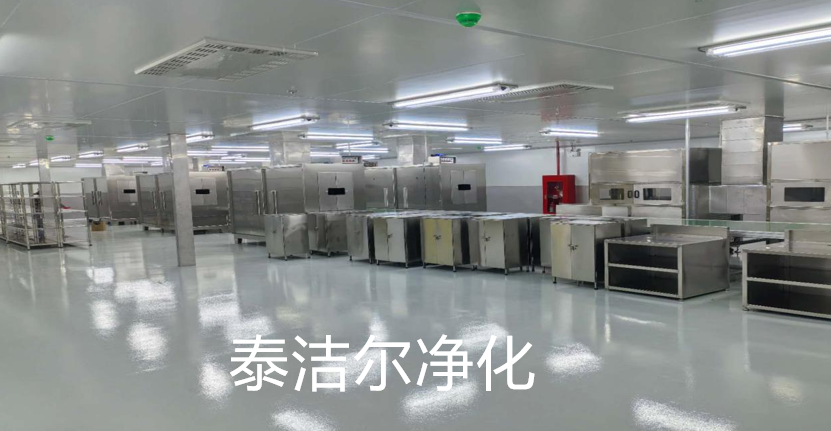
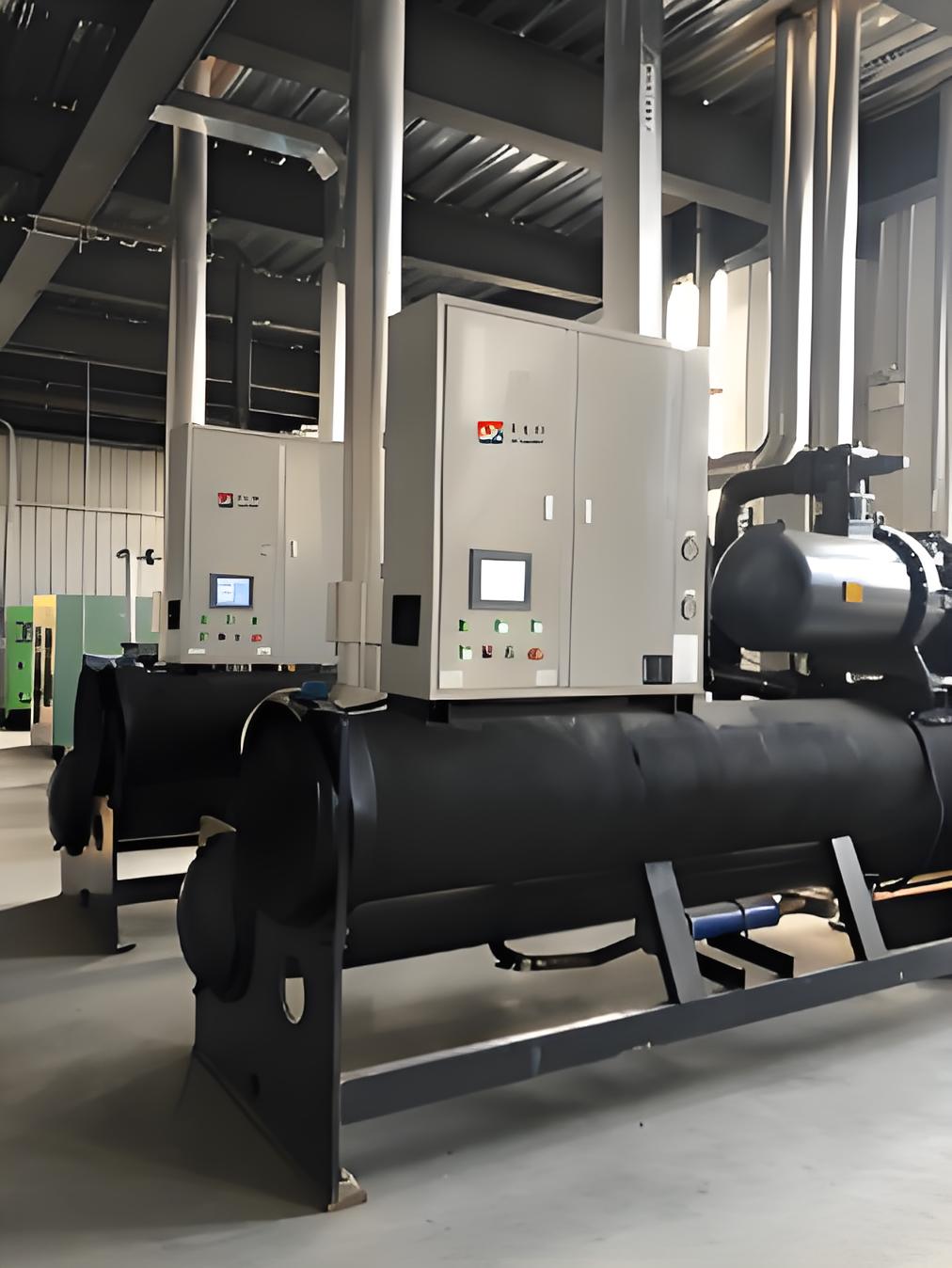
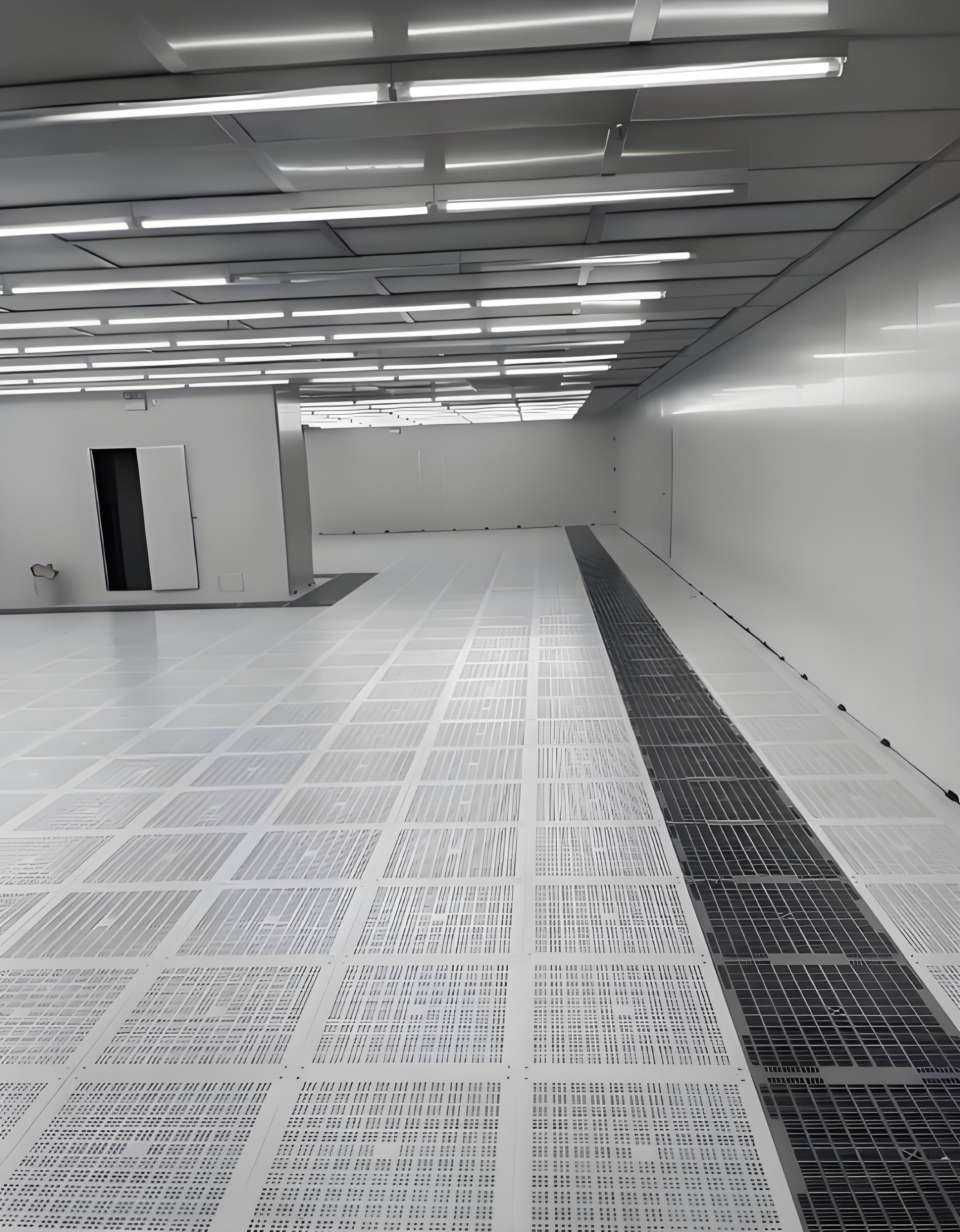

Factors to consider when decorating an electronic cleanroom
A cleanroom is defined as a controlled space with regulated air cleanliness, temperature, humidity, pressure, noise levels, and good enclosure. Today's article mainly introduces the key factors to consider when decorating an electronic cleanroom.
Factors to consider when decorating an electronic cleanroom
Specifically, decorating an electronic cleanroom requires attention to five main factors: suitability, safety, cleaning efficiency, filtration materials, and service life.
Factor 1: Suitability
The first factor to consider when decorating an electronic cleanroom is suitability. If the design isn't suitable, it will undoubtedly result in significant economic losses for the customer. Therefore, designers must tailor their plans based on the customer's actual needs while also considering industry trends to propose the most appropriate cleanroom decoration solution.
Factor 2: Safety
In reality, whether it's decorating an electronic cleanroom or other types of workshops, safety is always the top priority. Selected construction materials and equipment must undergo safety inspections and certifications by authorized agencies. Additionally, proper fire prevention design and approval are essential.
Factor 3: Cleaning Efficiency
To ensure cleaning efficiency meets standards, during the decoration of an electronic cleanroom, designers must calculate the required clean air volume based on the production cleanliness level and workshop area. For example, a 5-square-meter space requires an air purification device with a clean air volume of 120 cubic meters per hour.
Factor 4: Filtration Materials
For precision electronic cleanrooms, high-efficiency filtration materials are recommended. These materials can capture pollutants as small as 0.3 micrometers with a cleaning efficiency of 99.9% or higher. If the workshop generates heavy pollution, filtration materials with excellent dust removal capabilities are advised. Additionally, a fresh air system should be installed to expel contaminated air.
Factor 5: Service Life
After prolonged use, the filters in electronic cleanrooms tend to saturate, reducing absorption capacity and making it difficult to maintain the initial cleanliness standards. Therefore, when decorating an electronic cleanroom, it's advisable to choose filters with regeneration functions to extend the workshop's service life.
Suitability, safety, cleaning efficiency, filtration materials, and service life—these are the five key factors to consider when decorating an electronic cleanroom.
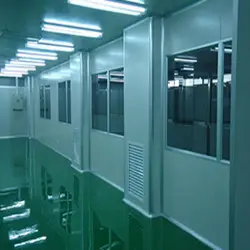
Necessary preparatory work for cleanroom decoration
To enhance product quality and competitiveness, many companies opt to build cleanrooms. However, the construction of a cleanroom directly impacts product quality, and with numerous cleanroom decoration companies on the market, it's challenging to identify which one can meet our requirements. Before proceeding with cleanroom decoration, Kewatt Electrical Company will undertake necessary preparatory work to ensure smooth operations in subsequent stages.
1. Temporary infrastructure configuration during decoration
To ensure smooth completion of cleanroom decoration, we need to set up temporary infrastructure, such as provisional office spaces, temporary water and electricity supply, and accommodation for decoration staff. These aspects must be considered during the preparatory phase.
2. Technical preparatory work
Technical preparation mainly involves cleanroom design blueprints and plans, as well as specific technical and environmental requirements for these plans. Therefore, when building a cleanroom, we must consider not only the company itself but also the surrounding environment.
3. Preparation of materials and supplies
Before decorating the cleanroom, we must prepare the necessary decoration materials, finished and semi-finished products, as well as essential tools. Delays in material and tool preparation can prolong construction time and increase costs.
Additionally, all personnel involved in the decoration—whether construction workers or managers—must thoroughly understand the construction blueprints and plans to avoid issues later and ensure smooth cleanroom decoration operations.


